Blood Moon on Corn Moon: When and where to watch the upcoming Lunar eclipse!
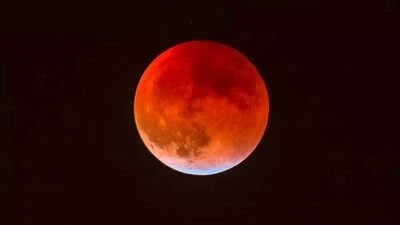
There’s something magical about watching the Moon slowly change the mood of the night sky. For thousands of years, humans have witnessed numerous lunar eclipses and the Moon’s changing colours, ranging from white to orange and red. Unlike solar eclipses, which require special eye protection and only last minutes, lunar eclipses are long, easy to watch, and completely safe to view with the naked eye.
And this year, skywatchers are in for a real treat as a spectacular total lunar eclipse is coming in September, and people across much of Asia, Africa, and Australia can watch it clearly.
What is a Blood Moon, and why does it occur
A “Blood Moon” is a nickname for a total lunar eclipse, when the Moon moves completely into Earth’s shadow. During this time, instead of going dark, the Moon turns a deep red or coppery color.
As sunlight passes through Earth’s atmosphere, it gets filtered and scattered. Blue light is scattered more, while red light bends around Earth and reaches the Moon, casting that eerie reddish glow.
This effect is the same reason sunsets appear red. So, despite its name, a Blood Moon has nothing to do with actual blood. It’s just our planet’s atmosphere painting the Moon red, one of nature’s most beautiful and haunting tricks.
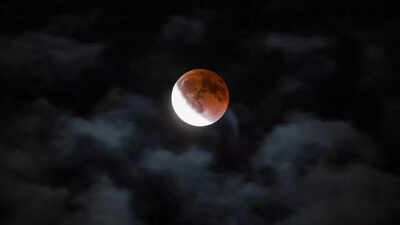
When and where to watch
A total lunar eclipse or “blood Moon” is set to grace the night sky on September 7, 2025. According to the BBC Sky at Night Magazine, the entire event will be visible in India, China, Russia, western Australia, eastern Africa, or across central Asia quite clearly.
The eclipse will reach its peak during the night from 11:00 PM on September 7 to 12:22 AM on September 8. However, the entire eclipse will span from as early as 8:58 PM to as late as 2:25 AM.
The 82 minutes of totality of the eclipse make it one of the longest total lunar eclipses in recent years, and because it’s just before the Moon’s closest point to Earth (perigee), it will appear slightly larger in the sky.
This is a Corn Moon eclipse
Some people also call the upcoming total lunar eclipses the Corn Moon eclipse, but what exactly does that mean?
Every full Moon of the year has a traditional nickname, based on seasonal changes or events happening near them. For example, the February full Moon is called the “Snow Moon” because it’s typically the snowiest time of year. The June full Moon is the “Strawberry Moon”, since strawberries are usually harvested then.

The September full Moon is known as the “Corn Moon”, named for the time of year when corn is ready to be harvested. So, the name “Corn Moon” isn’t unique to 2025; it happens every September.
This Corn Moon is special because it’s also turning into a total lunar eclipse, which is why it is being called the “Corn Moon eclipse.”
The total lunar eclipse, also known as a Blood Moon on the Corn Moon, will occur on September 7, 2025. It will be the final lunar eclipse of the year.
When to Watch
The eclipse will be visible on the evening of Sunday, September 7, 2025, and into the early morning hours of September 8 in some regions. The entire event, from the beginning of the penumbral eclipse to its end, will span several hours. The most spectacular part, the total eclipse, is expected to last for about 83 minutes.
The timings for the eclipse, in UTC (Coordinated Universal Time), are:
- Penumbral Eclipse begins: 15:28 UTC
- Partial Eclipse begins: 16:27 UTC
- Total Eclipse begins: 17:30 UTC
- Maximum Eclipse: 18:11 UTC
- Total Eclipse ends: 18:52 UTC
- Partial Eclipse ends: 19:56 UTC
- Penumbral Eclipse ends: 20:55 UTC
Where to Watch
The eclipse will be visible from the Eastern Hemisphere, with the best views in Asia and Western Australia, where the entire event will be visible from start to finish. The total eclipse phase will be visible in these regions during their late evening and midnight hours.
The total lunar eclipse on September 7-8, 2025, will be fully visible across Asia and Western Australia. This event, also known as a blood moon, will be visible from start to finish in these regions, according to the BBC Sky at Night Magazine.
Here’s a more detailed breakdown:
- Visible in its entirety:Asia and Western Australia will experience the entire lunar eclipse, from the initial darkening of the moon to the end of the eclipse.
- Specific locations:This includes India, China, Russia, eastern Africa, and central Asia.
- Timing:The peak of the eclipse, or totality, will occur between 11:00 PM and 12:22 AM on September 7-8. The entire eclipse, including the partial phases, will span from 8:58 PM on September 7 to 2:25 AM on September 8.
- Why it’s a blood moon:During totality, the moon will appear red or coppery as Earth’s atmosphere filters sunlight, scattering blue wavelengths and allowing red light to reach the moon’s surface.

Yes, observers in Europe, Africa, and the Middle East will see the total lunar eclipse on the night of September 7th, starting as the moon rises, according to astronomy websites. The eclipse will already be in progress as the moon ascends, offering a partial view for some regions and a full view for others, according to Times of India.
Here’s a more detailed breakdown:
- Visibility:The eclipse will be visible during moonrise for many areas in Europe, Africa, and the Middle East.
- Timing:The total eclipse will reach its maximum point around 11:41 PM on September 7th, according to the Times of India.
- Duration:The total phase of the eclipse will last for a period between 9:57 PM and 12:22 AM, says Space.com.
- Color:As the moon passes through Earth’s shadow, it will likely appear reddish or orange, often referred to as a “Blood Moon“, notes India.com.
Solar eclipse today: 2025’s first Surya Grahan.
Several parts of the world are waking up to witness a rare celestial event on Saturday, March 29 – this year’s first solar eclipse. The solar eclipse is a celestial phenomenon that occurs when the Moon comes in the way of the Sun and the Earth, blocking the star either partially or completely.
On Saturday, the Moon will only partially block the Sun, which means that the Sun, the Earth and the Moon will not be in perfect alignment, making it a partial solar eclipse. According to NASA, the central part of the Moon’s shadow, where the Sun would appear completely blocked, misses Earth, so no one will be able to see a total solar eclipse this time. However, the eclipse will still cast shadow on several parts of the northern hemisphere.
The partial solar eclipse on Saturday will only be visible in parts of North America, Europe, Africa, northern Asia, small parts of South America, throughout Greenland and Iceland and much of the Atlantic and Arctic oceans, says NASA.
The eclipse, unfortunately, will not be visible in India. However, people in India can still view it through live streaming on several online platforms.
Many of the places that will witness the solar eclipse will mostly wake up to experience it, which means that the eclipse will already be in place during sunrise. This includes much of the North and South Americas, including the northeastern United States. However, in western Europe and northwestern Africa, people will witness the eclipse during mid to late morning and by the time the eclipse will reach eastern Europe and northern Asia, it will already be afternoon or early evening.
According to the Indian Standard Time (IST), the eclipse will start at 2:20:43 pm, peak at 4:17:27 pm before ending at 6:13:45 pm.
Looking directly at the Sun to witness a partial solar eclipse is not advisable and can cause harm to eyes. The eclipse must only be viewed through safe solar viewing glasses, also called the eclipse glasses. A handheld solar viewer can also be used. However, using only sunglasses to witness the eclipse is not safe.
If you are in a location where the eclipse is not visible, or if the weather is poor, you can still watch it online. Many observatories and websites, like TimeandDate.com, plan to livestream the eclipse.
You can learn more about how to capture an eclipse in this video: Blood Moon Eclipse 2025: Date, Time, and How to Watch Worldwide. This video provides a detailed guide on the date, time, and best places to watch the upcoming lunar eclipse.
Blood Moon on Corn Moon: When and where to watch the upcomin ..
There’s something magical about watching the Moon slowly cha ..
When you purchase through links on our site, we may earn an affiliate commission. Here’s how it works.
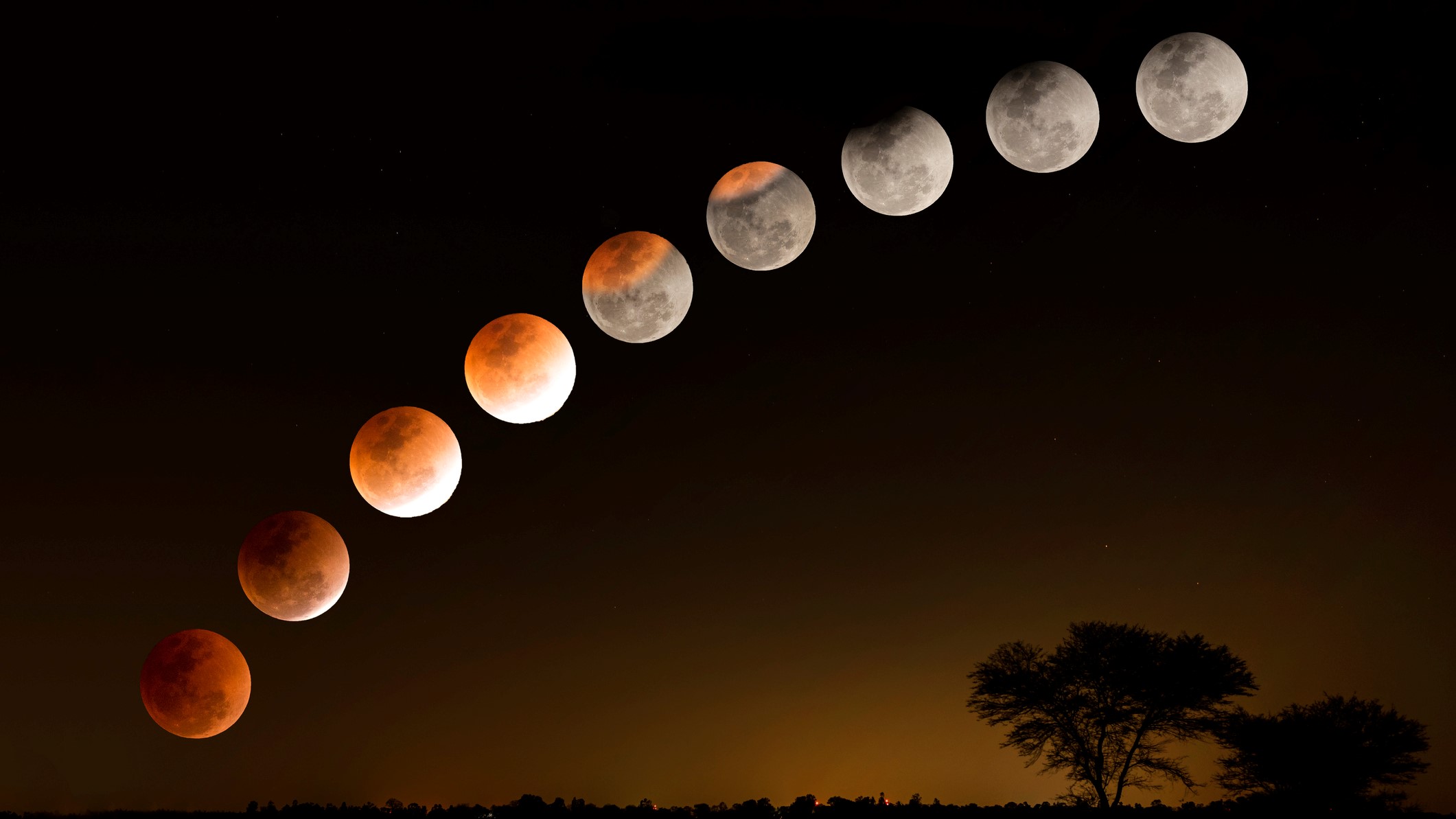
During a total lunar eclipse, the moon appears to turn red while passing through Earth’s shadow. This year features two spectacular total lunar eclipses. (Image credit: Anantha Jois via Getty Images)
When is the next lunar eclipse?
The next lunar eclipse will be a total lunar eclipse on Sept. 7, 2025.
It will be visible from start to finish across Asia and Western Australia. Glimpses of some phases will also be possible from Europe, Africa, eastern Australia and New Zealand. This event will not be observable from the Americas
You can catch up with the latest lunar eclipse news and events with our lunar eclipse live blog.
A Lunar eclipse occurs when Earth passes directly between the sun and the moon, casting its shadow across the lunar surface. During a total lunar eclipse, the moon takes on a deep red or coppery hue, often called a blood moon, and can be visible to millions of people worldwide.
This 2025 lunar eclipse calendar lists the exact date, time, and visibility details for the year’s eclipses so you can plan your viewing. The first total lunar eclipse took place March 13–14, 2025, delighting viewers across the Americas.
The final eclipse of the year will occur Sept. 7–8, 2025, with the best views in Asia and Western Australia. Like all lunar eclipses, it will pass through several phases, penumbral, partial, and totality, creating a different experience depending on your location.
When you purchase through links on our site, we may earn an affiliate commission. Here’s how it works.

(Image: © Canva Pro)
The next lunar eclipse will be a total lunar eclipse overnight on Sept. 7-8, 2025. It is the second total lunar eclipse of the year.
The total lunar eclipse will be visible over Europe, Africa, eastern Australia and New Zealand.
During a total lunar eclipse, the moon will appear to take on a red hue, giving rise to the “Blood Moon“.
Watch online | How to photograph a lunar eclipse
One month to go until the total lunar eclipse!

In just one month, a dramatic “blood moon” will take to the sky.
Skywatchers across Asia and Western Australia will get the best view of the Sept. 7 total lunar eclipse from start to finish, but those in Europe, Africa, eastern Australia and New Zealand may still catch a glimpse of the moon during some of the eclipse phases, including totality.
It’s photo time! Check out the best photos from the “Blood Worm Moon” total lunar eclipse
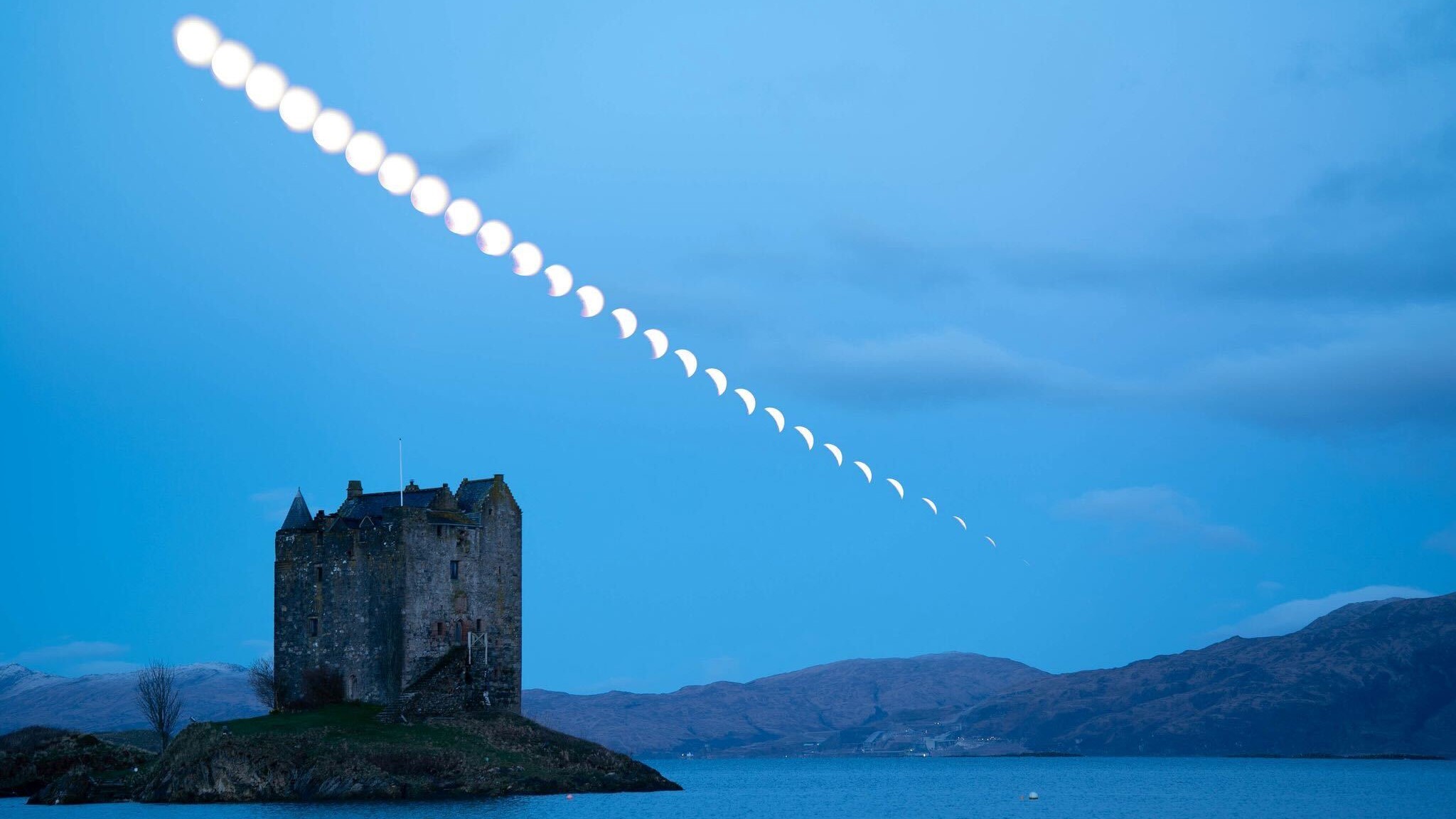
If you didn’t manage to see the total lunar eclipse or if you just want to relive the show all over again, we’ve rounded up some of the best “Blood Worm Moon” photos from across North America and beyond. So sit back, relax, and enjoy the show.
As the Full Worm Moon rose overnight, skywatchers across the Americas turned their eyes — and their cameras — toward the sky. Over several hours, Earth’s shadow slowly crept across the lunar surface, turning our celestial neighbor into a deep, blood-red orb.
This was the first total lunar eclipse since 2022, and photographers — both amateur and professional — were not going to let the rare opportunity to capture the spectacle pass, even if it meant staying awake well into the early morning hours.
If you didn’t manage to see the total lunar eclipse or if you just want to relive the show all over again, we’ve rounded up some of the best “Blood Worm Moon” photos from across North America and beyond. So sit back, relax, and enjoy the show.
A lunar eclipse occurs when the sun, Earth, and moon align in such a way that Earth casts its shadow on the moon. During totality, the moon moves through Earth’s umbra, the darkest part of its shadow, creating the deep red hue of a “Blood Moon.” The March full moon is traditionally known as the “Worm Moon” because this is the time of year when the ground softens and earthworm casts reappear. For these reasons, this total lunar eclipse in March is sometimes referred to as the “Blood Worm Moon.”
Landscape astrophotographer Josh Dury has sent us some breathtaking photos of the total lunar eclipse from his vantage point at Castle Stalker, Appin, Scotland.
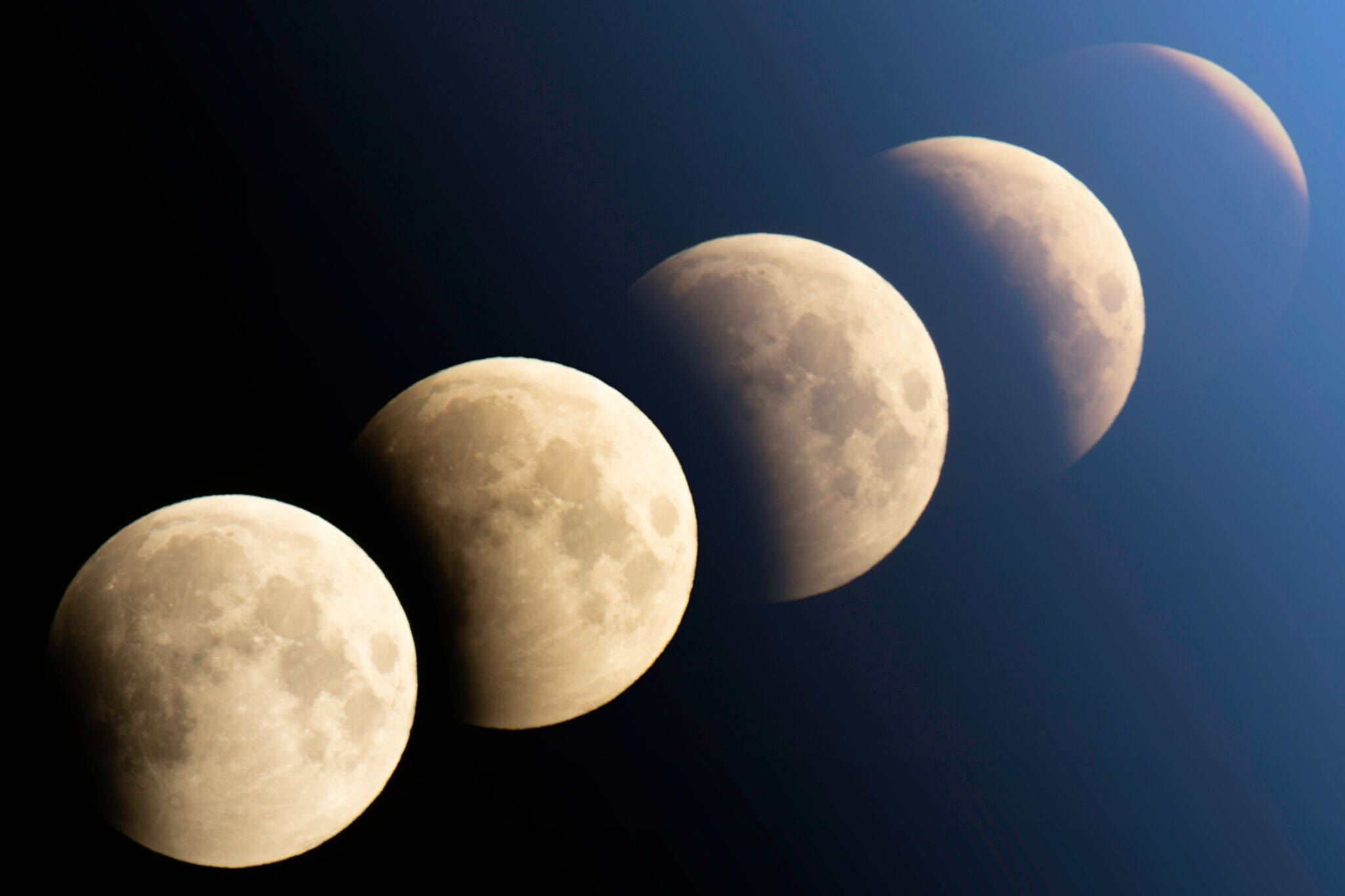
Dury headed to Scotland in search of good weather and found it! In a battle against the setting moon and the rising sun, Dury captured some remarkable shots of the total lunar eclipse.
Image 1 of 5
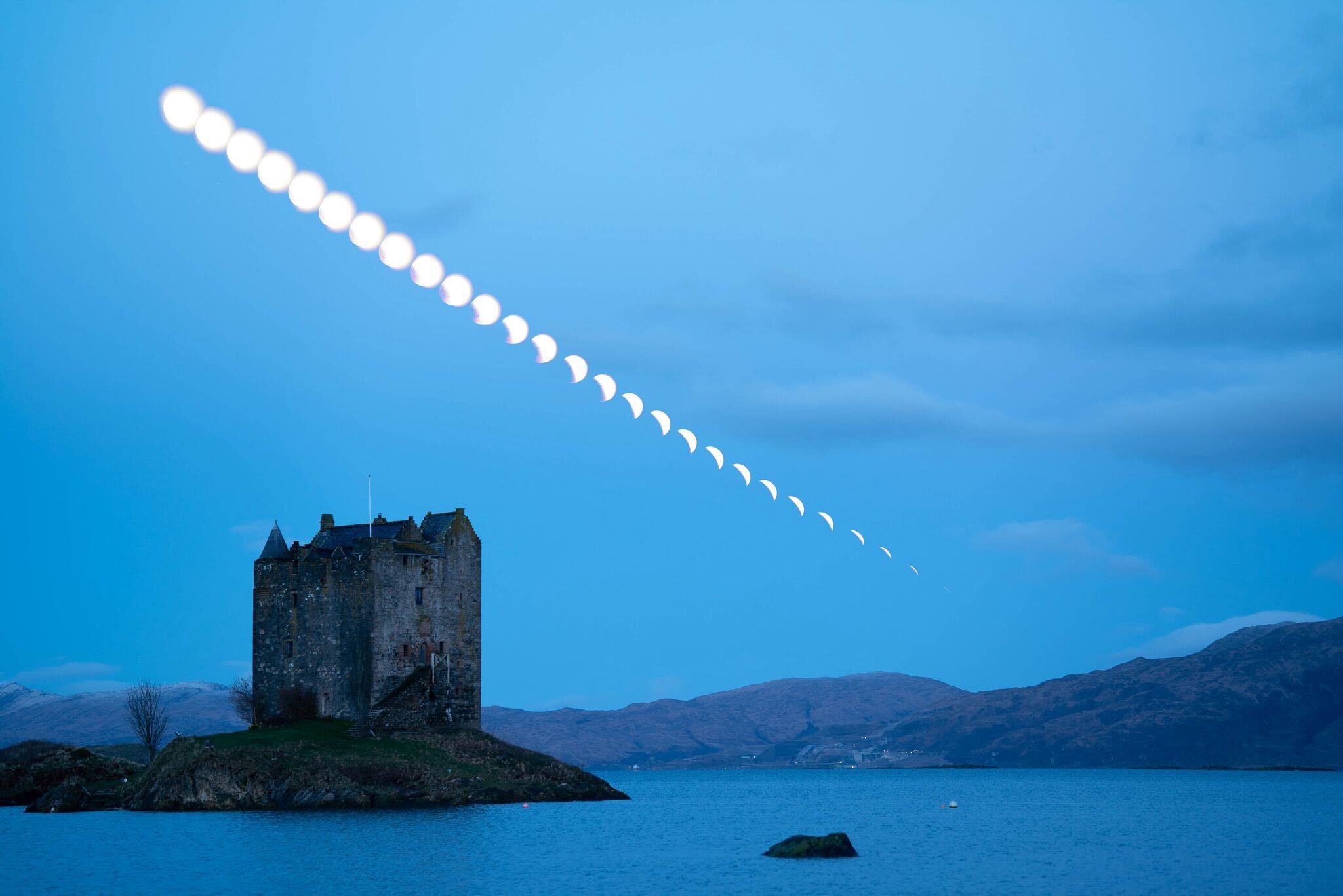
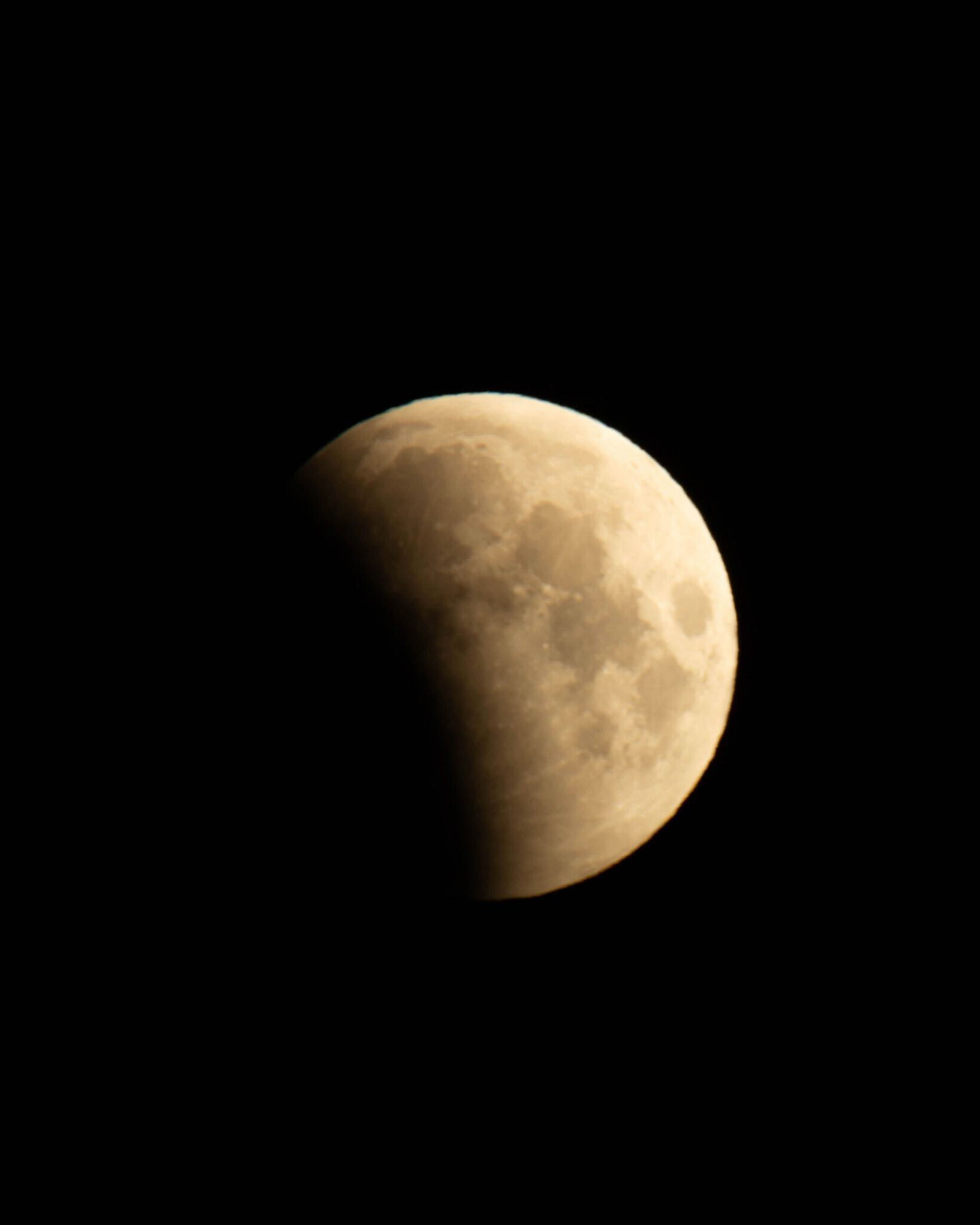
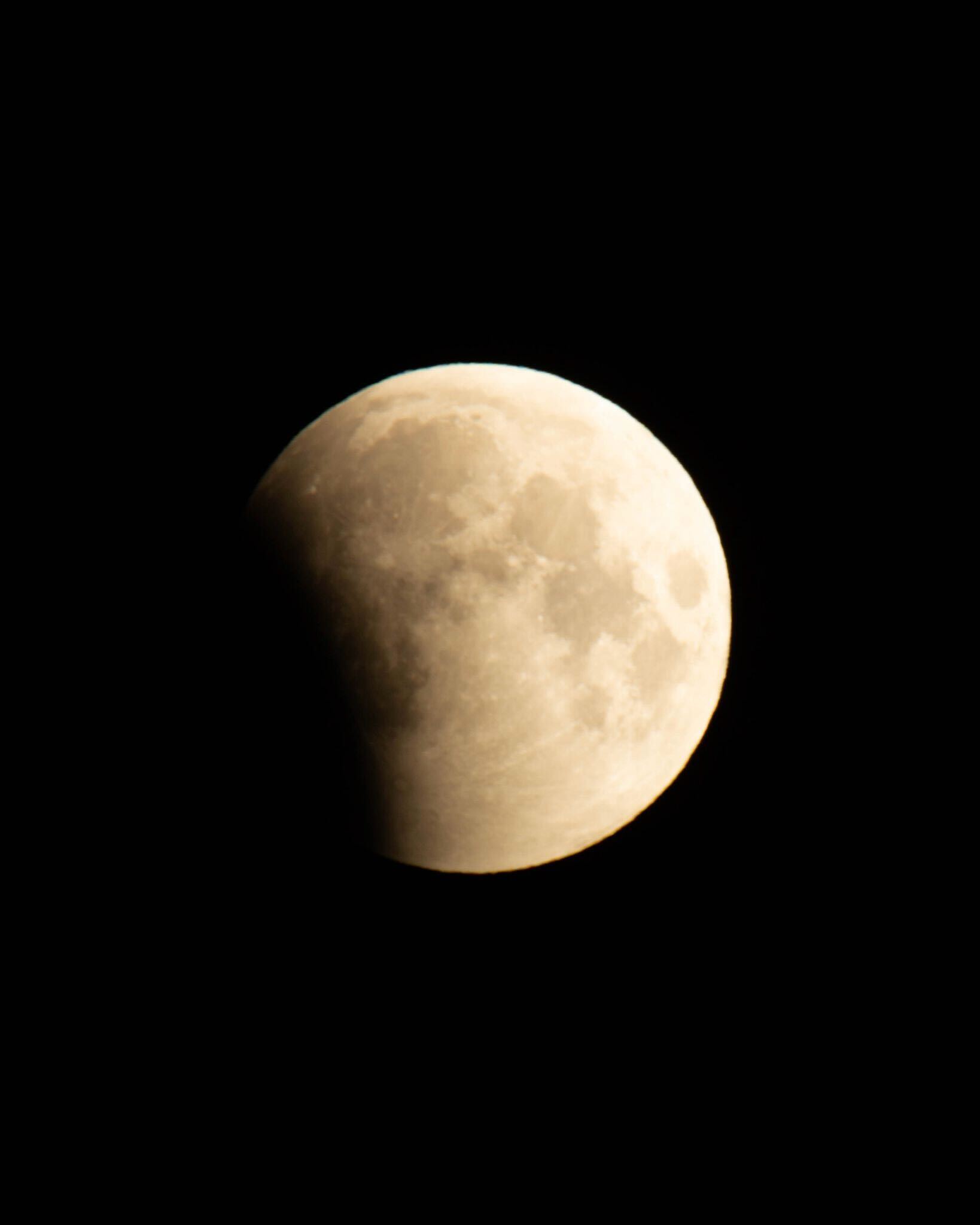

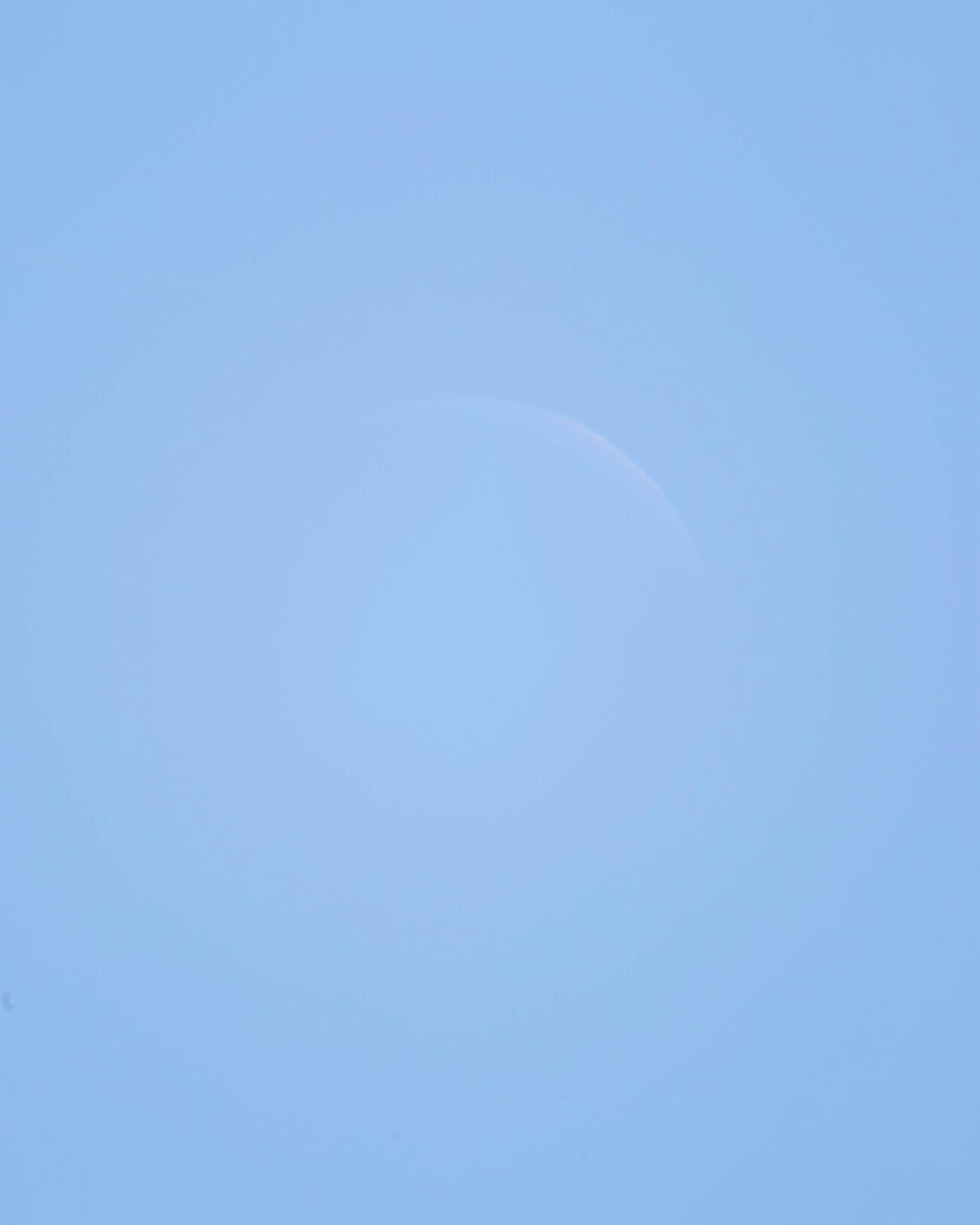
Space.com’s Josh Dinner captured this stunning shot of the “Blood Moon” while waiting for his car to charge on a long drive home from Florida.
Photographer Yuri Cortex captured a beautiful, rusty-red view of the moon during the total lunar eclipse from Mexico City, Mexico.
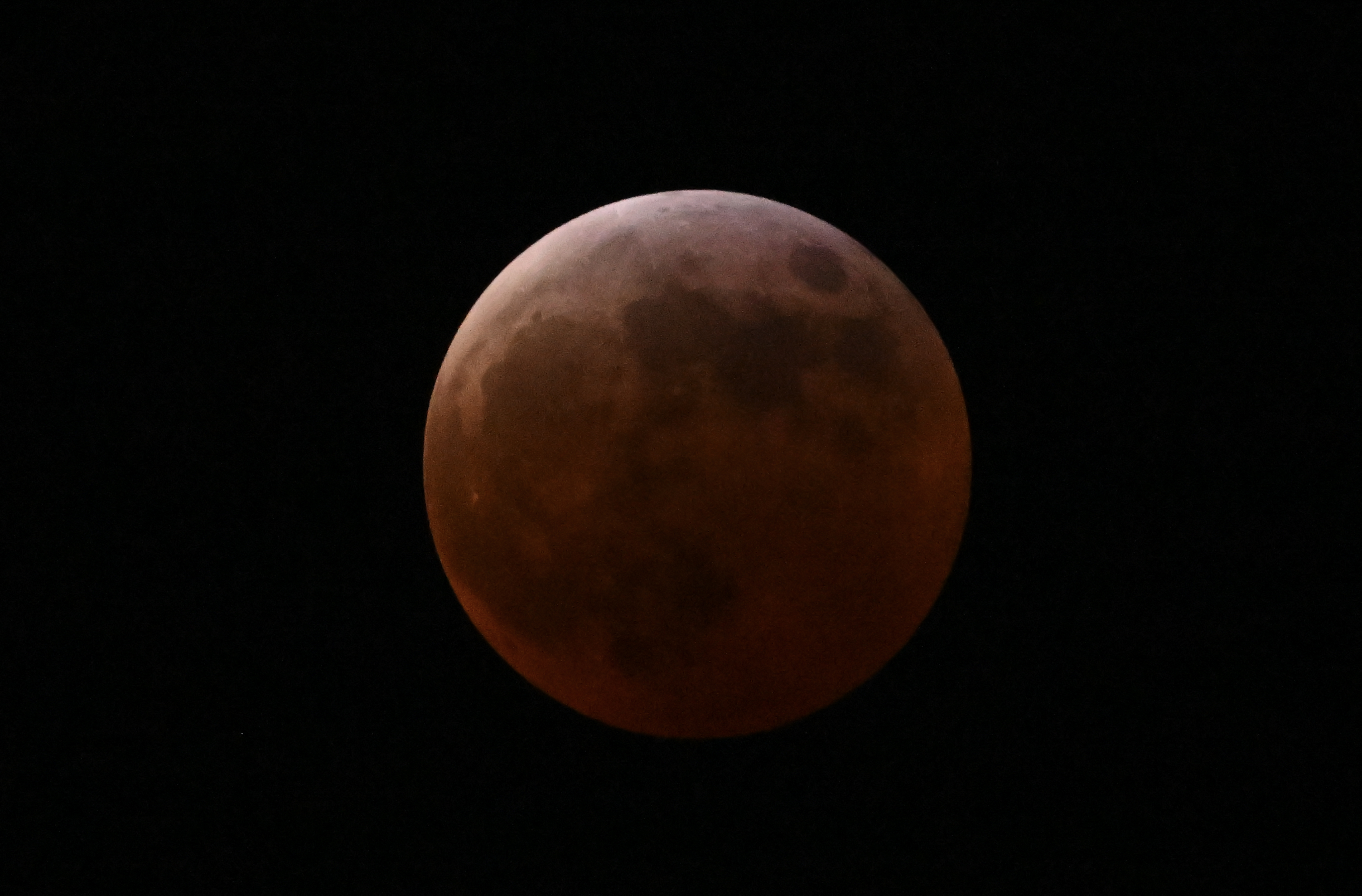
Stargazers in Australia also enjoyed a great view of the total lunar eclipse. Photographer Izhar Khan captured the “Blood Moon” over Lake George near Canberra, Australia.
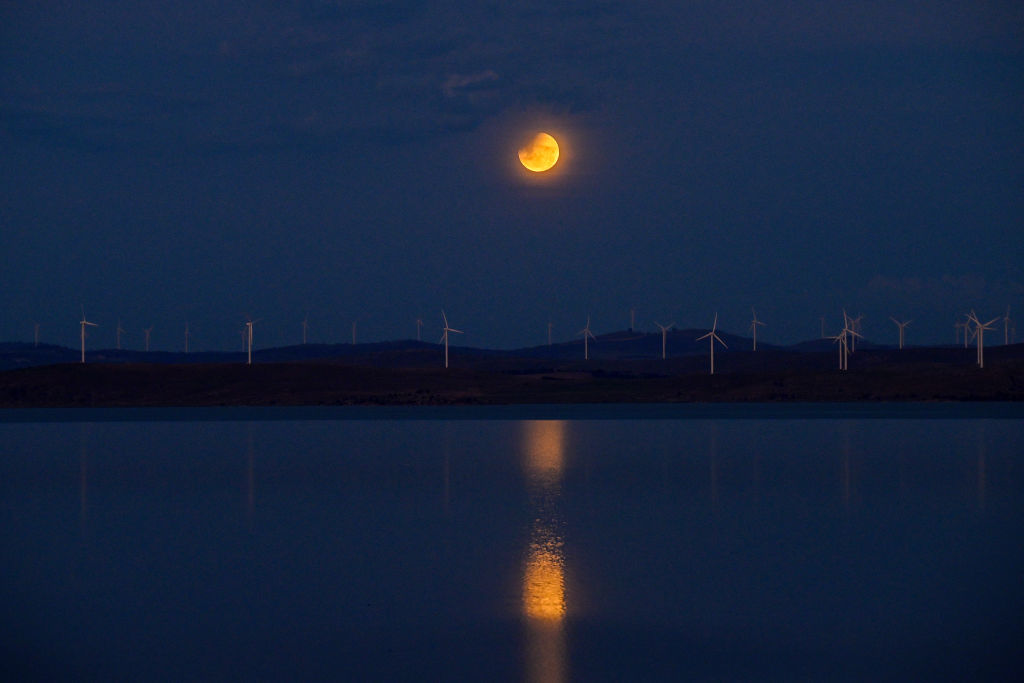
Photographer Brandon Bell took this lovely detailed photograph of the total lunar eclipse over Merritt Island, Florida. Here you can see the lower right portion of the moon in Earth’s deep umbra shadow.
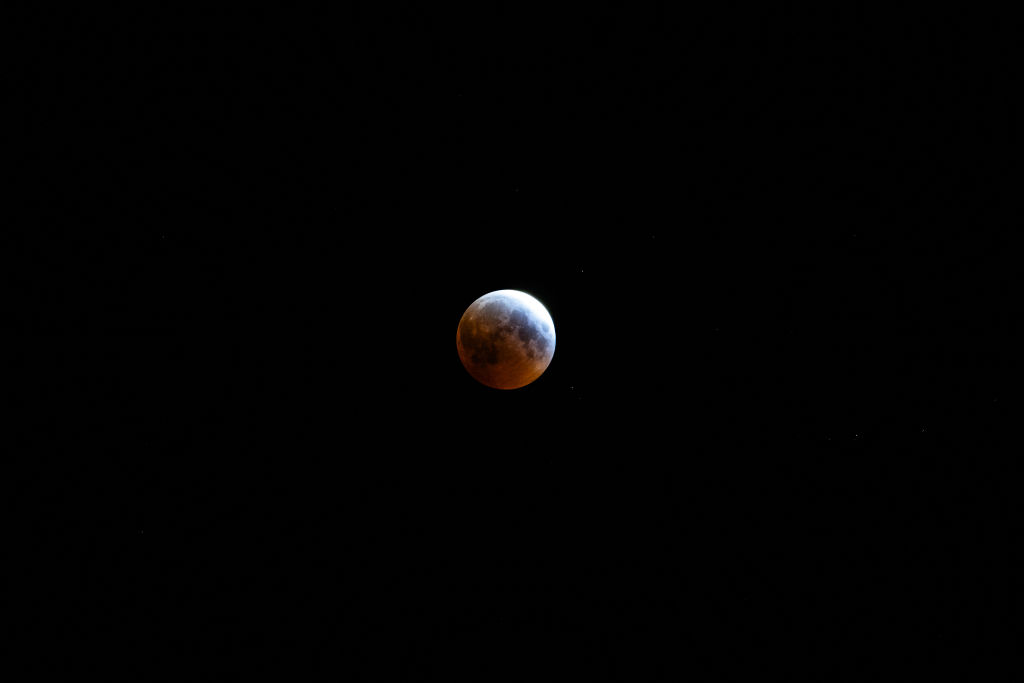
It looks like we weren’t the only ones watching the lunar eclipse! Here, the rusty red moon appears above the “Forever Marilyn” statue in Palm Springs, California.
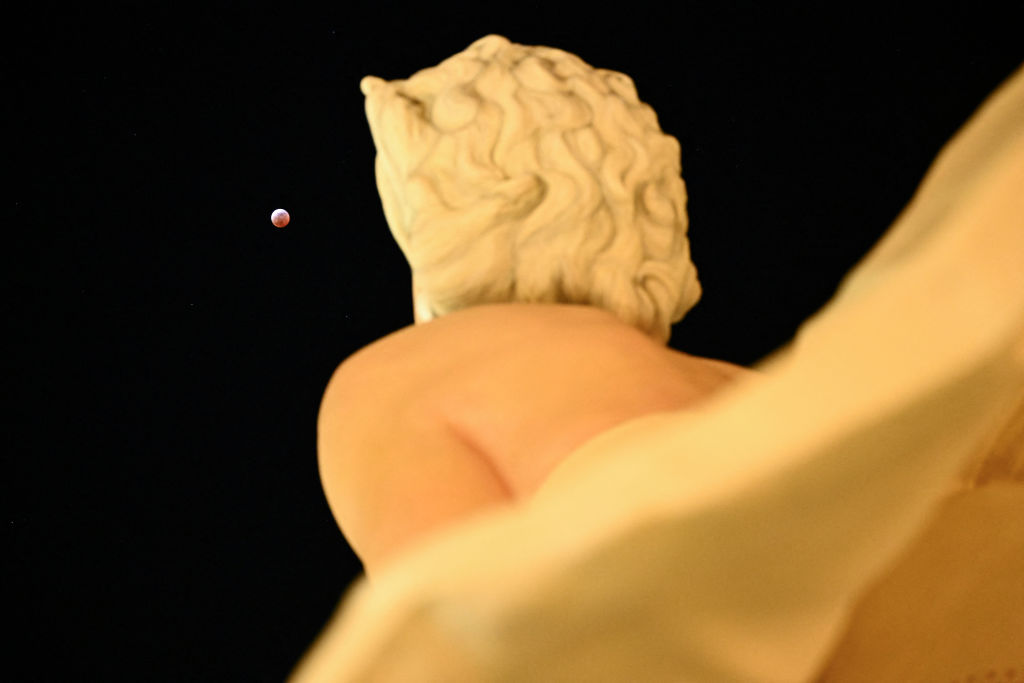
Below, photographer Patrick Fallon also captured the eclipse above the fronds of a palm from his vantage point in Palm Springs, California.

Below, photographer Patrick Fallon also captured the eclipse above the fronds of a palm from his vantage point in Palm Springs, California.

A beautifully detailed photograph captured by photographer Miguel J. Rodriguez shows the Blood Worm Moon shining over Daytona Beach, Florida.
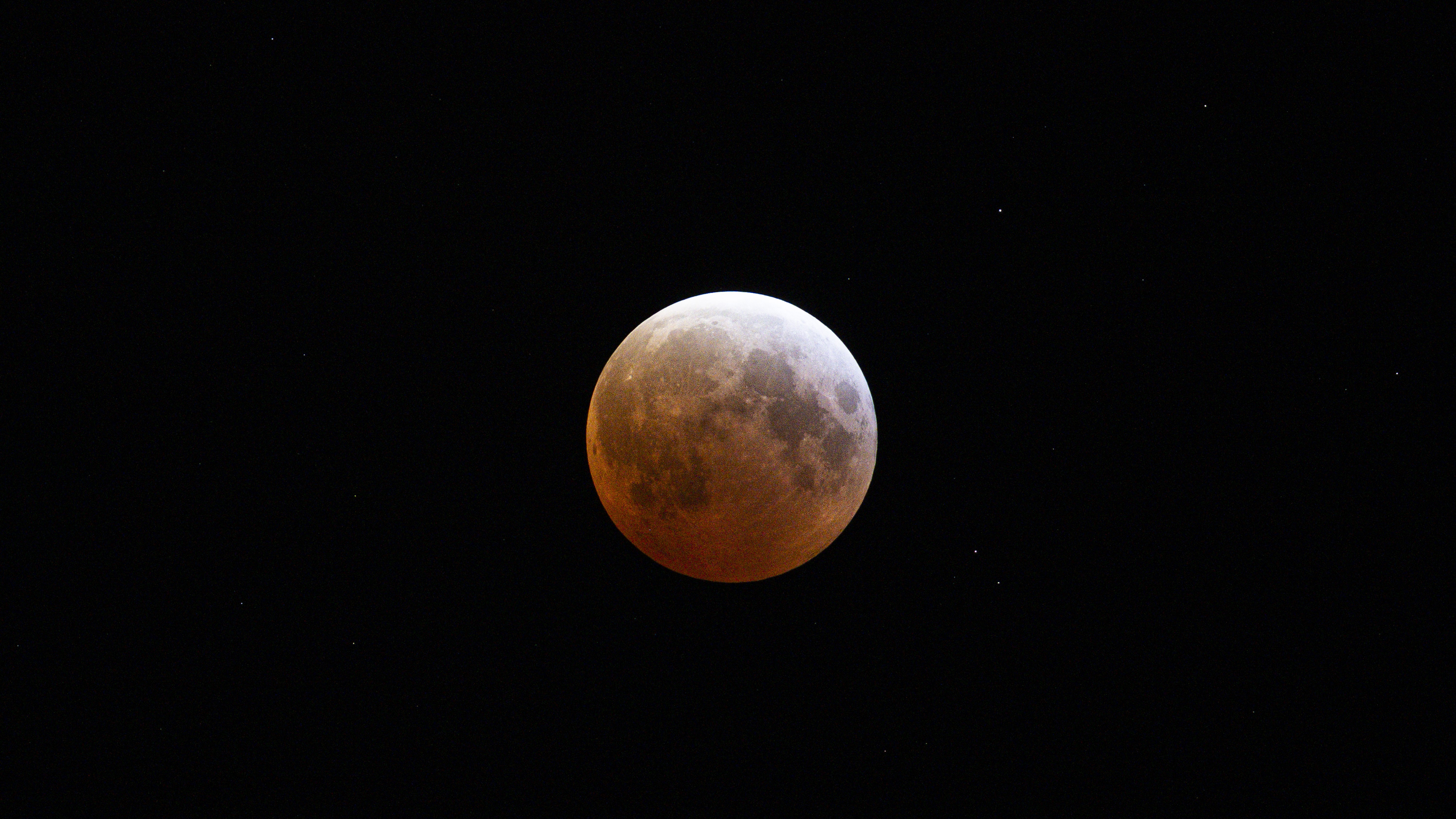
Photographer Antonio Ojeda snapped this lovely scene of the full moon rising in Saltillo, Mexico.
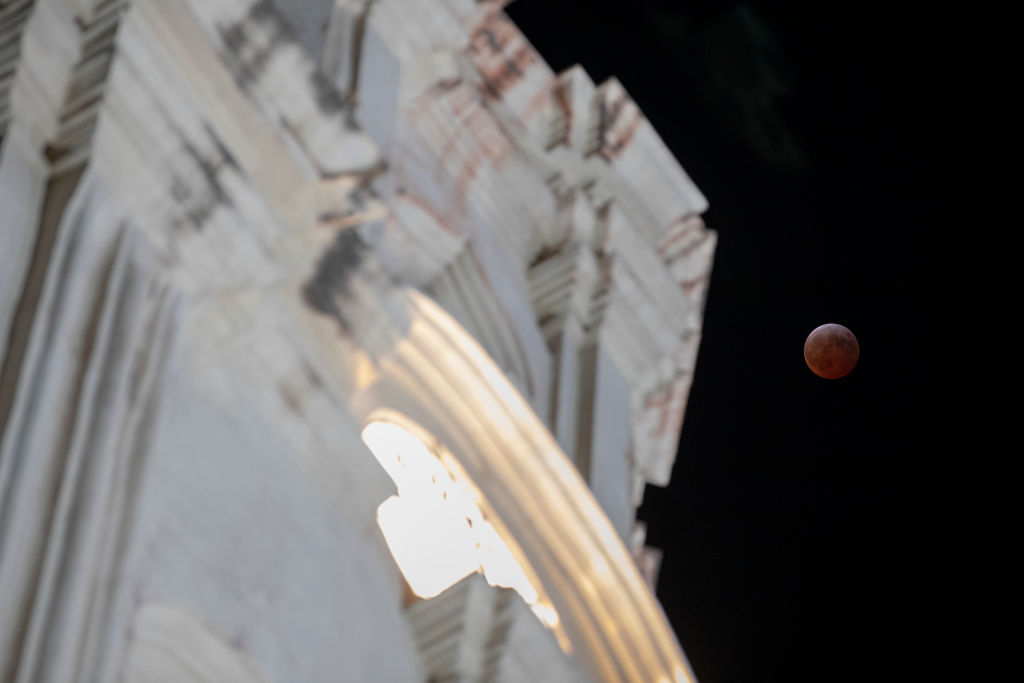
Skywatchers gather around telescopes in Caracas, Venezuela, to see the blood-red Worm Moon.

What a shot! Aurora chaser Vincent Ledvina posted an incredible photograph on X showing not only the “Blood Moon” but the “Blood Moon” AND the northern lights!
Geomagnetic activity really picked up throughout the night, reaching G2 (moderate) geomagnetic storm levels at 9:42 p.m. EDT (0142 GMT). The sky decided to put on quite the show for those lucky skywatchers in the right place at the right time.